Miro vs Mural: Which Visual Collaboration Tool is Right for You
Advertisement
Tools for visual collaboration enable teams to work together even across distances. Two often-used choices are Miro and Mural. Both let consumers build digital whiteboards for idea mapping, planning, and brainstorming. These tools enable instructors, administrators, and designers to connect and distribute ideas rapidly. Remote teams would benefit greatly from them. But which one suits you more? Your needs and team size will determine the option.
It also boils down to your approach to working. Often, when choosing a tool, Miro and Mural are compared. This guide will discuss their features, advantages, and shortcomings. In the end, you will know which one suits your squad most. Let's start by comparing Miro and Mural to identify the appropriate instrument for your working conditions.

What Is Miro?
Miro is a modular digital whiteboard application designed to facilitate simple team collaboration across many types of projects. You may rapidly sketch ideas, add sticky notes, and draw diagrams. Its neat design makes using it straightforward and enjoyable. Miro has a great library of templates, which is one of its strengths. On projects like roadmaps, user journeys, or project planning, these enable you to start faster. Technical teams, as well as creative brains, will find it beneficial.
Real-time editing enables everyone to work on the same board simultaneously, keeping the entire team in line and efficient. There is no waiting or confusion anymore. Miro also interacts via applications such as Jira, Google Drive, and Slack. Updates and documents flow naturally. You can interact with your team via built-in video chat or by leaving comments. Miro runs on PC, web, and mobile. You can thus work from anywhere, at any time.
What Is Mural?
The mural is a strong whiteboard tool meant for seamless cooperation and directed teamwork. It's popular among agile teams, teachers, and coaches. Mural delivers simple and interesting training courses and workshops. It covers timers, voting, and private mode. These characteristics maintain participants' attention and active nature. The platform provides handy templates for design thinking, sprint planning, and team meetings. You can also create and preserve your templates.
Real-time coordination allows everyone to operate on the board concurrently. One can observe right away who is doing what, which clarifies and improves the effectiveness of group projects. Mural enables text boxes, icons, pictures, and sticky notes. Items are easy to move and resize. Everything seems basic and flawless. For flawless work, it interacts with various technologies, such as Microsoft Teams. Mural works on desktops, online, and mobile devices.
Miro vs Mural: Which One Wins for Your Team?
This side-by-side comparison will enable you to select the appropriate tool for the requirements and style of your team.
Comparing User Interface and Ease of Use
Miro offers a contemporary and seamless interface. Tools are arranged precisely; hence, everything seems straightforward and understandable. Drag-and-drop motions are simple. Tutorials enable novices to start fast. When needed, hints and directions surface. The mural also seems orderly and tidy. Group meetings and seminars perform nicely. Timers are one of the simple facilitator tools available. Also, useful onboarding is provided for new users. For creatives, Miro feels more fluid. Mural works best for directed team projects.
Collaboration and Team Engagement
Miro backs many users' real-time editing. Teams can sketch, discuss, and respond with emoticons. Designed in-house chat makes it entertaining. You can even start board video conferences. Feedback comes across as kind and instantaneous. Mural specializes in organized group projects. Leaders lead using naturally occurring tools. Private mode features help to promote silent brainstorming. Voting lets one make quick decisions. Workshops would benefit greatly from breakout sessions. Miro supports unrestricted group efforts.
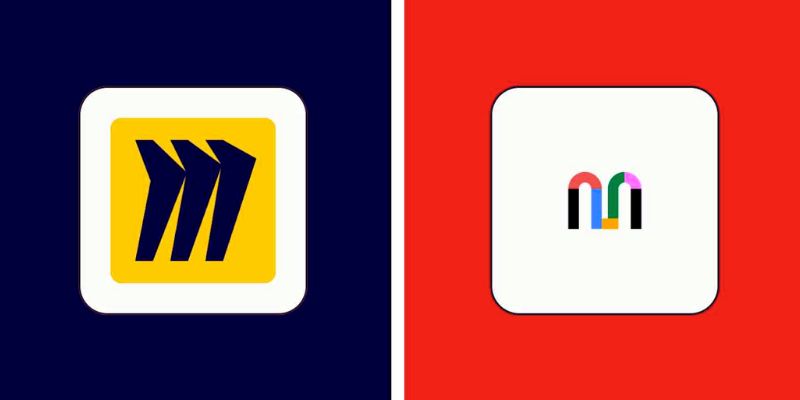
Templates and Use Cases
Miro has plenty of designs for every purpose. Use simple flow charts, mind maps, or product roadmaps. Templates help you to plan faster. Product managers and UX designers especially find it appealing. Simple to show complex thoughts. Mural is mostly interested in tasks and structures. Templates are made for team projects. Perfect for Design sprints and brainstorming. Coaches and teachers especially enjoy utilizing it. Miro grants artistic liberty. Mural offers consistent direction. Select based on team preferences for working style.
Integration With Other Tools
Miro interacts using tools including Slack, Jira, Trello, and Google Drive. It lets one location house all of the work. You can rapidly bring in media, documentation, and assignments. The mural also fits nicely on the main platforms. It ties in with Webex, Google Workspace, and Microsoft Teams. Export choices cover PDFs and pictures. Miro generally provides more app integrations. Mural specializes in tools that teams absolutely must have.
Pricing Plans and Value
Miro's free plan allows you three editable boards. Paid plans release additional space and greater capabilities. Prices follow your team size. Better security and administrative tools abound in business planning. Mural's free plan calls for three murals featuring unlimited members. Paid versions offer more power and templates. Corporate plans help regular workshop teams. Both instruments are worth it. Miro is fantastic for team building. Mural suits facilitative and coaching activities. Choose depending on your team's requirements.
Security and Support
Miro applies safe login systems and encryption. It satisfies the norms of international security. Administrators regulate access with exacting precision. Support for paid plans consists of chat, support centers, and faster answers. Mural also effectively guards your data. It provides controls, user roles, and encryption. Support is available through online manuals, chat, and by email. Mural also provides particular support for facilitators. Both instruments give security top priority. Choose a support style that speaks to you.
Conclusion:
The workflow and objectives of your team will determine which Miro and Mural you choose. Miro excels in flexible design and creative work. The mural is most suited for guided group projects and scheduled meetings. Both instruments have good integrations, real-time editing, and handy templates. They advocate working remotely on several devices. Support is always available; security features guard your data. Pricing strategies fit different-sized teams of size. Try both systems to find what fits. The ideal instrument simplifies, speeds up, and increases the productivity of team efforts. Choose the one that enhances teamwork and best matches your style.
Advertisement
Related Articles
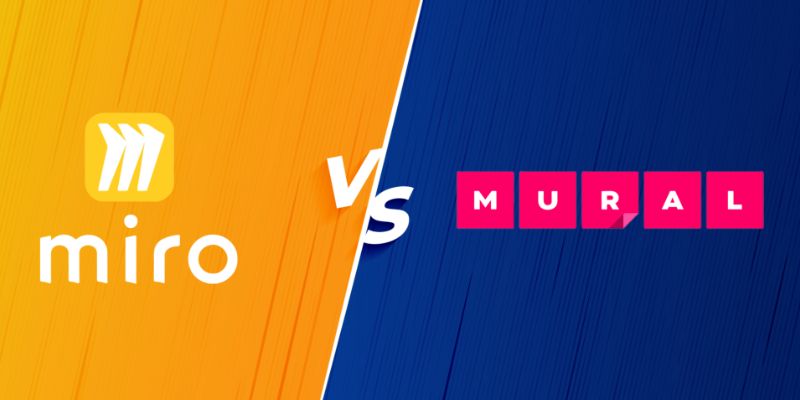
Miro vs Mural: Which Visual Collaboration Tool is Right for You
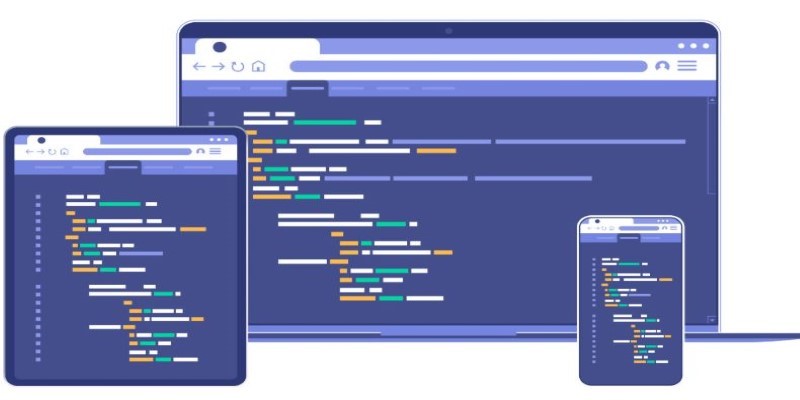
Building Flexible Online Tools: The Power of Responsive Design

Wix vs Shopify: A Detailed Comparison to Find the Better CMS for Success

The 8 Best Email Apps for iPhone in 2025 to Keep You on Top of Things

The Best Calendar Apps for Windows in 2025: Stay Organized and On Track
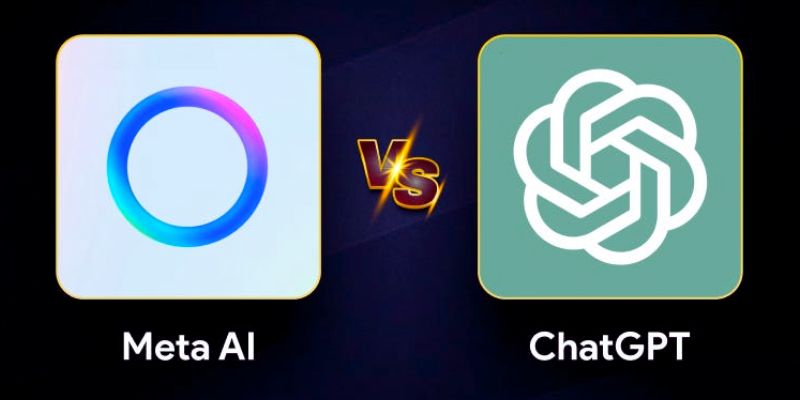
Meta AI vs. ChatGPT: Key Differences and Which Is Better for You

Top Trello Alternatives to Try in 2025 for Better Project Management

Simplifying Workflows with Online Document Editors
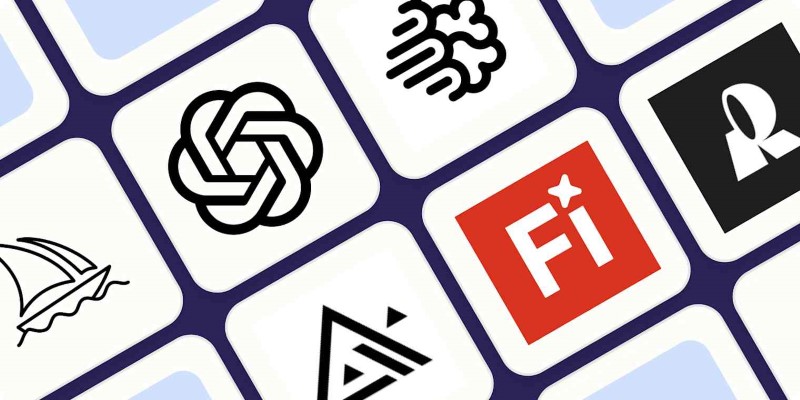
The 8 Best AI Image Generators in 2025 to Bring Your Ideas to Life
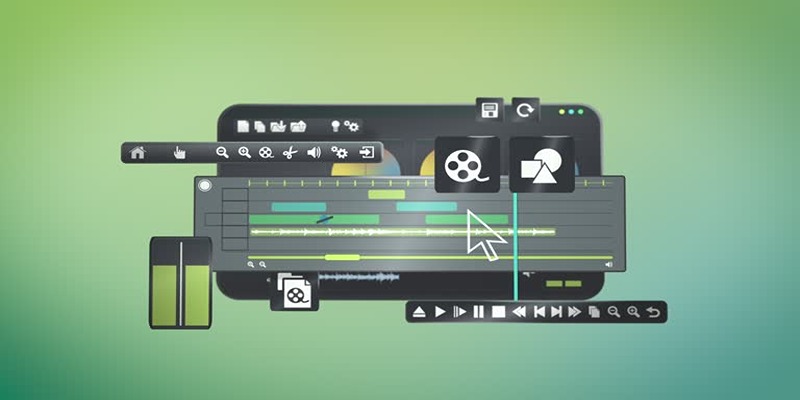
Best AVI Resizer Tools to Resize AVI Videos Without Losing Quality
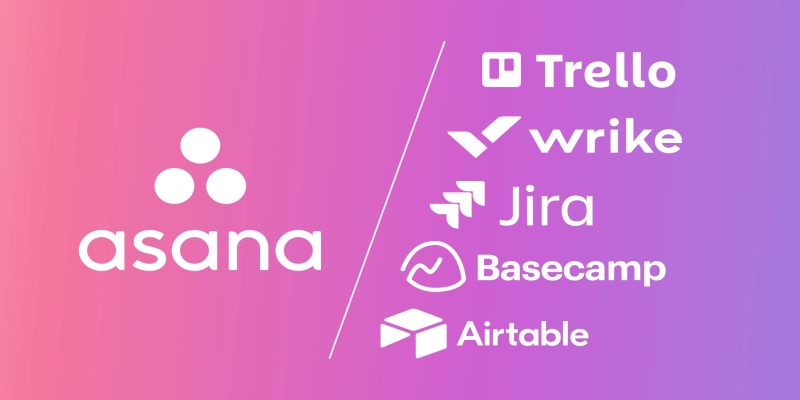
The 9 Best Asana Alternatives in 2025 to Plan, Track, and Deliver Smarter
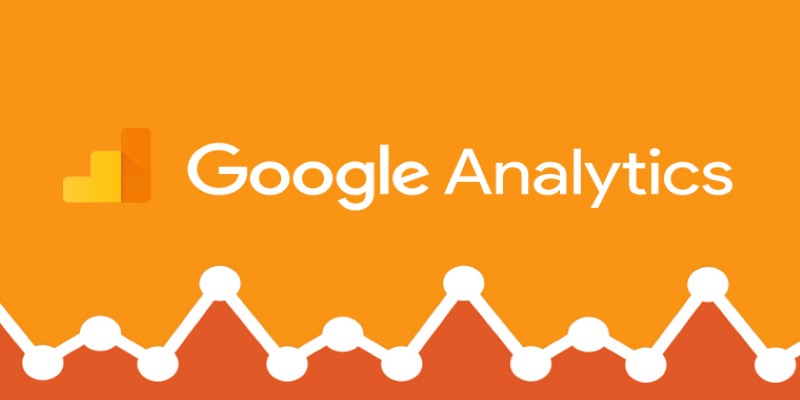
 lameuplay
lameuplay